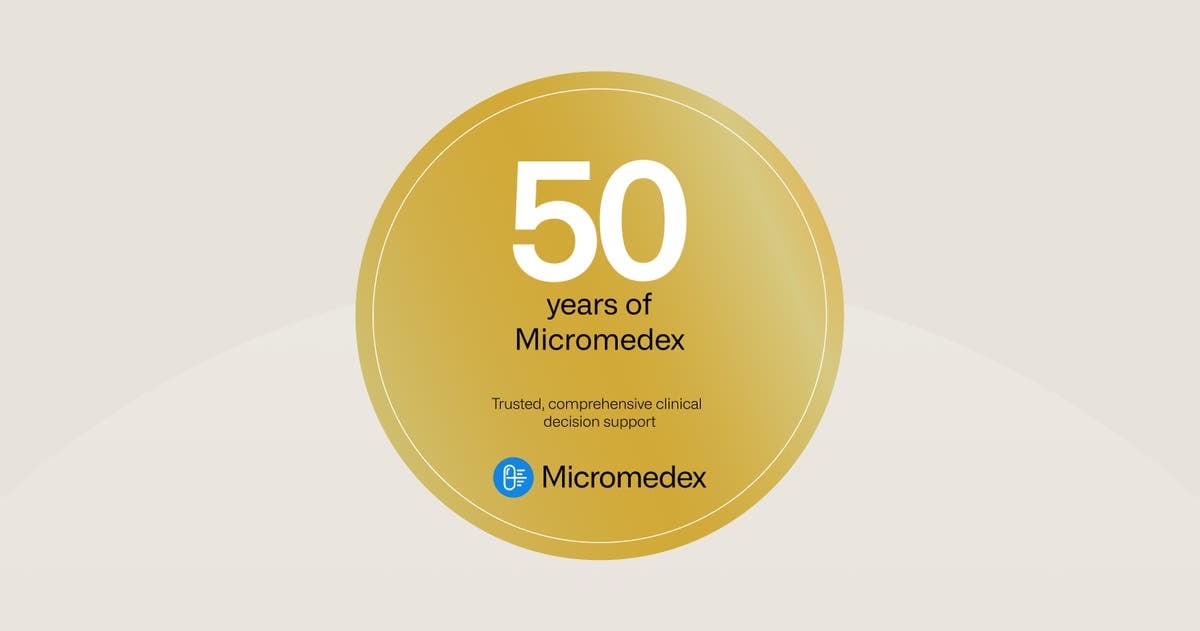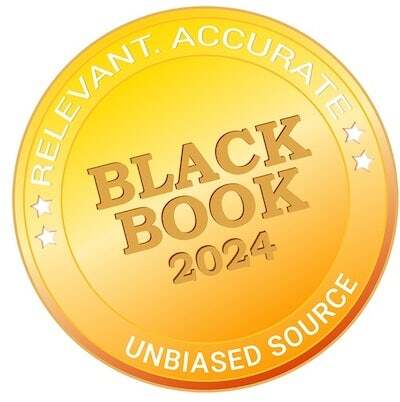Hot topic: the emerging threat of microdosing chocolate bars and the critical role of Poison Centers in protecting public health

The Micromedex team speaks to America’s Poison Centers about their collaboration and the quick response required to address the dangers of microdosing chocolate bars to safeguard the public.
In recent months, a new health concern has emerged involving Diamond Shruumz-brand chocolate bars and associated products which have been linked to serious illness and found to contain psychoactive substances not listed on the product labels. The products have now been recalled after an investigation by the FDA, with many reported illnesses and two potentially associated deaths.1
Safety concerns initially caught the attention of toxicologists at Poison Centers across the US, prompting swift action to protect public health. As these cases began to surface, the quick response of America’s Poison Centers (the Association), and collaborative efforts with the Micromedex team, the FDA, and the CDC, have proven vital in addressing the issue. This article explores how these organizations identified the danger, implemented surveillance measures, and worked together to mitigate risks, ultimately safeguarding the public from harmful effects.
Identifying the danger
It was the network of toxicology experts working at Poison Centers across the country that first realized the potentially dangerous effects of the microdosing product.
Dr. Kaitlyn Brown, Clinical Managing Director at America’s Poison Centers, talks of how the Association was first notified: “It was a medical director at one of the regional Poison Centers that alerted the network to a specific case involving Diamond Shruumz-brand chocolate bars, and the potentially associated severe clinical effects. Through the powerful network of Poison Centers, it was determined that this was not an isolated incident in one area of the country, but that adverse effects were being seen in multiple states.”
This news prompted Poison Centers to start data collection about these microdosing cases, to track incidence, severity, and outcomes.
Richard Fogelson, Chief Executive Officer at America's Poison Centers, recognizes the importance of coordination: “Effective communication across the Poison Centers public health network is paramount and is a hallmark of our Centers. The dedicated efforts of Poison Center toxicologists and staff nationwide enable us to swiftly identify and respond to emerging threats.”
“Effective communication across the Poison Centers public health network is paramount and is a hallmark of our Centers. The dedicated efforts of Poison Center toxicologists and staff nationwide enable us to swiftly identify and respond to emerging threats.”
– Richard Fogelson, Chief Executive Officer at America’s Poison Centers
Tracking the emerging threat
When an emerging product is causing harm, it needs to be allocated a product code that Poison Center teams can use to log cases against, for efficient tracking and surveillance as the threat grows.
Dr. Brown explains, “Once we were alerted to the microdosing chocolate bars potentially causing harmful symptoms, we notified the America’s Poison Centers/Merative Joint Coding Committee, which works closely with Micromedex to deploy and activate new product codes to facilitate tracking of emergent cases with public health implications.”
The Micromedex team worked fast to add the Diamond Shruumz products into its clinical decision support system. Since Micromedex is used by Poison Centers across the US, it meant these cases could be tracked efficiently by America's Poison Centers National Poison Data System (NPDS).
“Without those codes,” says Dr. Brown, “we were manually gathering case information”.
The impact on public health
The ability to collect cases in the NPDS means key information on the scale of the threat can be shared in near real-time with public health partners. Reports can be pulled as often as necessary for updates on the outbreak for public health surveillance or educational and prevention purposes.
As Dr. Brown explains, “The system we have in place allows the data to become more actionable so organizations like the FDA and the CDC can start making informed decisions to protect public health.”
“The timeliness and responsiveness of the Micromedex team in supporting Poison Centers to accurately capture products, is directly impacting public health surveillance and informing public health decisions,” she states.
Poison Centers are playing an important role in public health by sharing data with their state health departments, who use it for follow-up investigations. In the case of the microdosing chocolate bars, initially, Poison Centers were the sole source of data informing decisions around public health. With surveillance ongoing and investigations underway, the FDA has since recalled the microdosing products to prevent future exposures.
Collaboration for fast, accurate response
Partnership and collaboration across organizations have been key factors in ensuring a quick and effective response to emerging threats. “We really value our relationship with Micromedex,” says Dr. Brown. “We know we can rely on Micromedex to get our emergent product codes activated within hours of us requesting them. That’s critical in supporting an effective response to these emergent outbreaks.”
“Micromedex is critical in supporting an effective response to these emergent outbreaks.”
– Dr. Kaitlyn Brown, Clinical Managing Director at America’s Poison Centers
Beyond its quick response times, the Micromedex team is also recognized for its toxicology expertise, providing valuable feedback to the coding committee on the structure of the product code and the appropriate generic code category. “It’s vital to have a team of experts at Micromedex collaborating with our own specialists. Their support ensures rapid code implementation and helps us maintain the structure and accuracy of our product database,” says Dr. Brown.
America’s Poison Centers has worked with Micromedex for many years, strengthening the partnership over time. Richard comments, “The team of toxicology experts at Micromedex has been very responsive to America's Poison Centers public health response needs, and their willingness to meet and seek out feedback is greatly appreciated.”
“The team of toxicology experts at Micromedex has been very responsive to America’s Poison Centers public health response needs, and their willingness to meet and seek out feedback is greatly appreciated.”
– Richard Fogelson, Chief Executive Officer at America’s Poison Centers
Preventative measures for the future
Within a week of America’s Poison Centers working with the FDA and CDC, an outbreak advisory was issued, using Poison Center data, to warn consumers about the microdosing products. The Diamond Shruumz products have since been recalled, to reduce future harm, and the teams have also pursued sample testing, through communication with the Poison Centers, to obtain samples from cases to ascertain the product ingredients.
Additionally, the CDC have undertaken epidemiological work in conjunction with the FDA and have put out a notification to their health advisory network to raise awareness about the products in the marketplace and the harm it is causing.
Through surveillance of these cases, Poison Center members worked together to discuss the clinical effects of the microdosing product, and how to best approach clinical management. This will support Poison Centers in the future with what to expect when they receive a call from the public associated to these products and provide them with quick answers on the best way to treat the case.
Public awareness
Poison Centers are an important resource for the public, not only to call in case of an emergency, but also for educational purposes. They issued educational materials on the harmful microdosing products to advise the public of the severe symptoms being experienced, such as seizures, life-threatening sedation, and other neurological effects not typically expected from the marketed products.
Increased media attention helped further raise public awareness about the Diamond Shruumz products, which led to more people reporting past incidents involving the chocolate bars, helping to identify previously unreported cases.
Conclusion
The swift and coordinated response to the harm caused by Diamond Shruumz-brand chocolate bars highlights the critical role of Poison Centers and the significance of the data they manage. The early detection by Poison Center staff and the prompt implementation of tracking measures, including accurate product coding for better reporting, were instrumental in mitigating the public health risks posed by these products. The partnership between America’s Poison Centers and Micromedex has proven invaluable, highlighting the importance of expert coordination and communication in addressing emergent threats.
The subsequent recall of the dangerous products and the dissemination of public health advisories have helped to prevent further harm. This incident exemplifies the essential function of Poison Centers, not only in outbreak response, but also in public education and ongoing surveillance. By maintaining robust networks and effective communication channels, these organizations continue to safeguard public health and ensure timely, informed action in the face of new challenges.
Related Articles

50 years of Micromedex – a celebration of our history
Since the mid 1970s, Micromedex has been a pioneer in evidence-based clinical...
By Merative | 7 min. read

Merative names Sonika Mathur as General Manager for Micromedex
Effective today, 20 May 2024, Sonika Mathur will lead Micromedex, our trusted...
By Gerry McCarthy | 1 min. read

Micromedex wins 2024 Black Book Market Research award, reinforcing a focus on client experience
Winning first place for Clinical Decision Support: Point of Care Clinical Reference...
By Merative | 3 min. read
Ready for a consultation?
Our team is ready to answer your questions. Let's make smarter health ecosystems, together.
